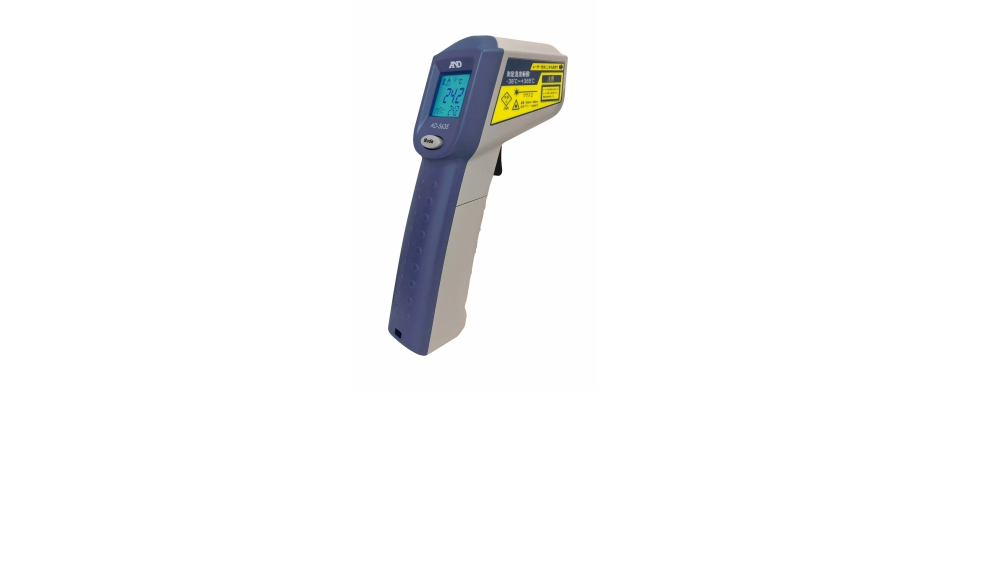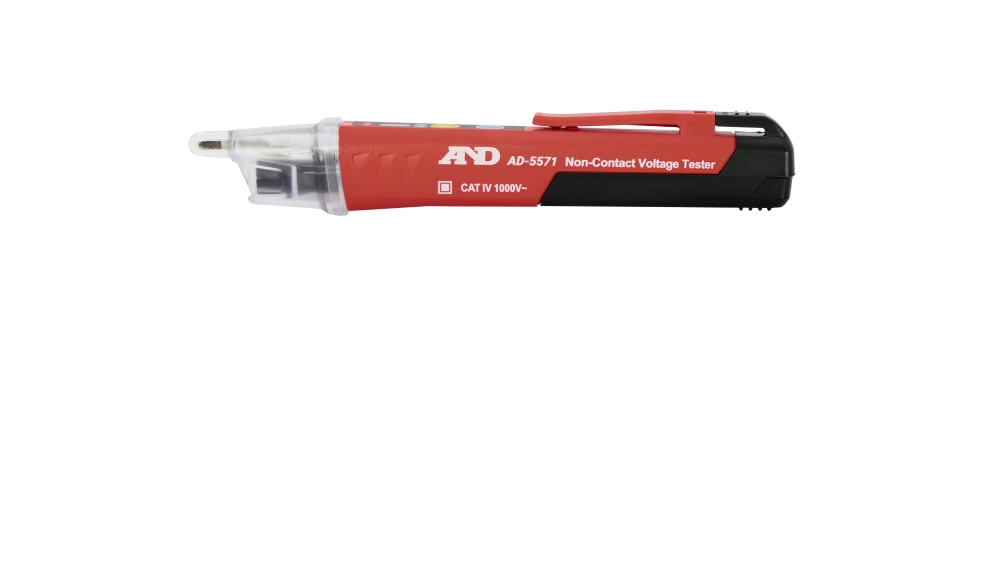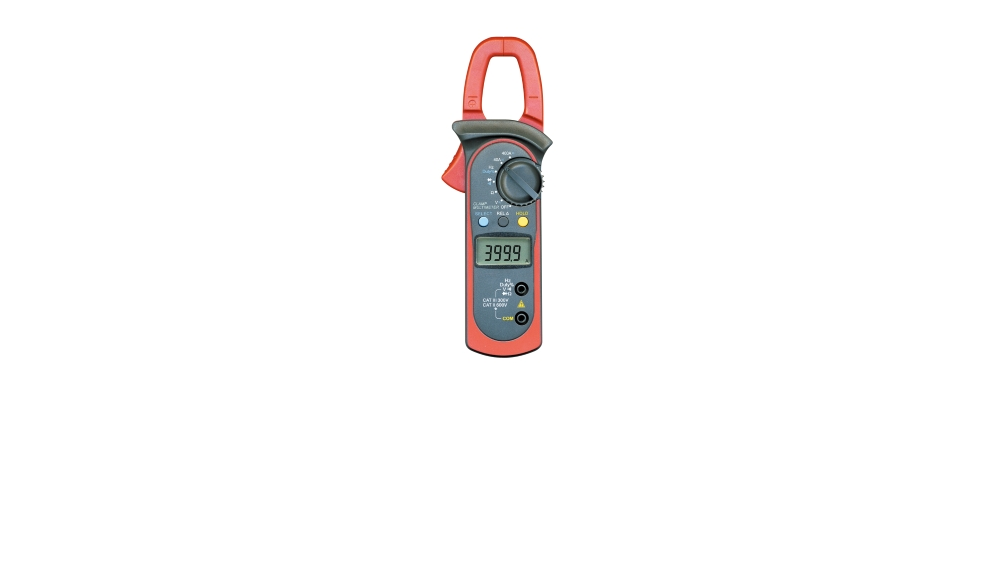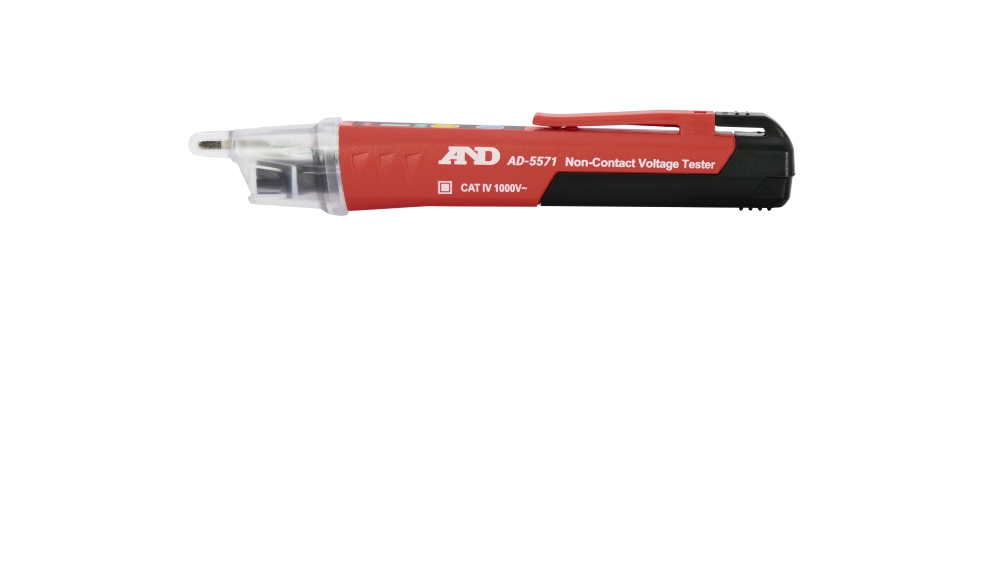A&D >
>
AD-3255 The measurement method of an ultrasonic thickness gauge.
AD-3255 The measurement method of an ultrasonic thickness gauge.
A&D >
>
AD5763-150 How to use caliper correctly
AD5763-150 How to use caliper correctly
A&D >
>
AD-5611A Temperature measurement during cooking using an infrared thermometer
AD-5611A Temperature measurement during cooking using an infrared thermometer
A&D >
>
AD-5611A How to choose an infrared thermometer
AD-5611A How to choose an infrared thermometer
A&D >
>
AD-5701A Improving Work Efficiency with the Pomodoro Technique
AD-5701A Improving Work Efficiency with the Pomodoro Technique
A&D >
>
AD-5709-E Silent timer ideal for work and study
AD-5709-E Silent timer ideal for work and study
A&D >
>
AD-5635 The limitation of the minimum measurement range (size) of an infrared thermometer
AD-5635 The limitation of the minimum measurement range (size) of an infrared thermometer
A&D >
>
AD-5635 How to choose an infrared thermometer
AD-5635 How to choose an infrared thermometer
A&D >
>
AD-5588 Differences between non-contact voltage testers, digital multimeters, and clamp meters
AD-5588 Differences between non-contact voltage testers, digital multimeters, and clamp meters
A&D >
>
AD-5588 How to use clamp meter properly
AD-5588 How to use clamp meter properly
A&D >
>
AD-5571 How to use non-contact voltage tester correctly
AD-5571 How to use non-contact voltage tester correctly










